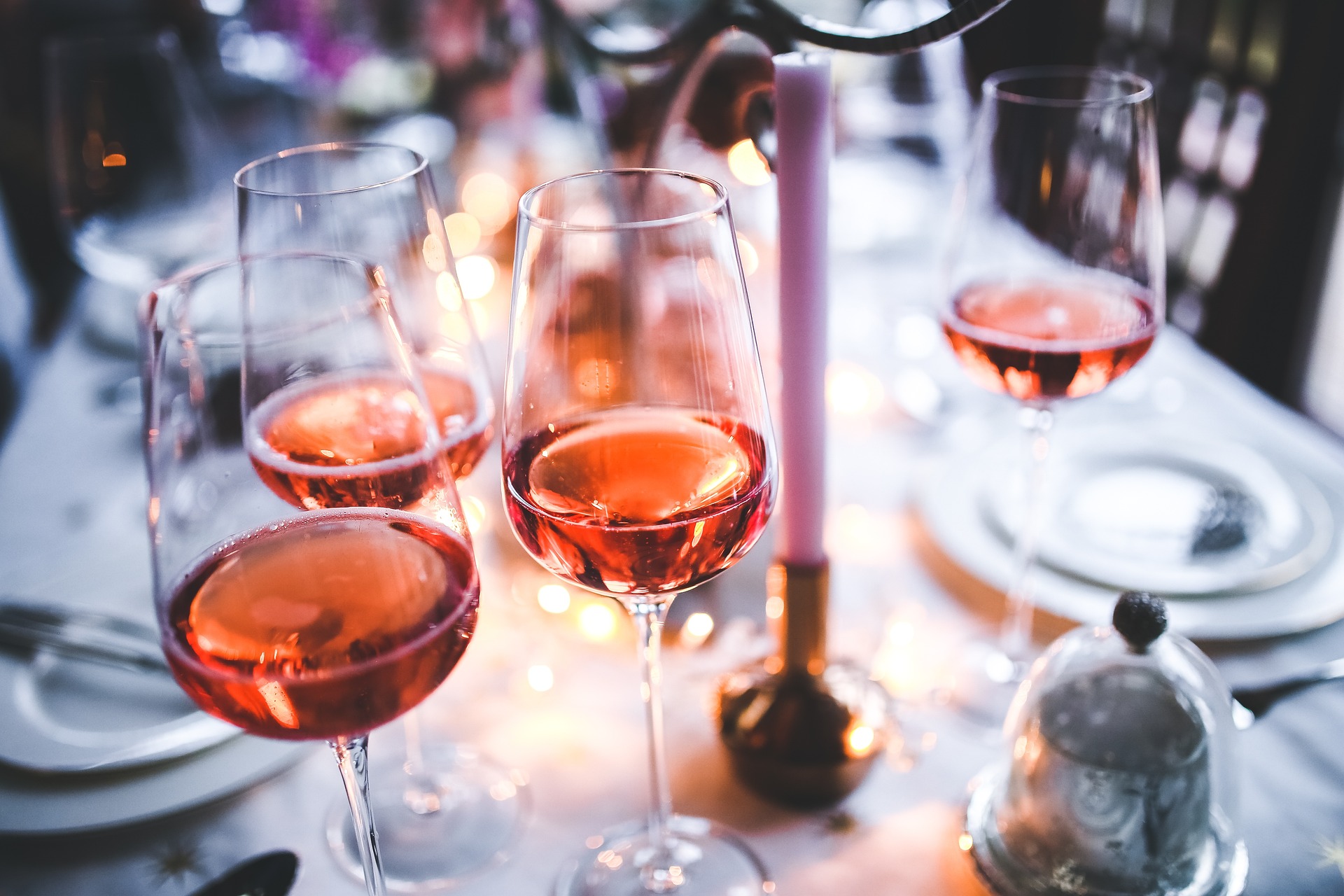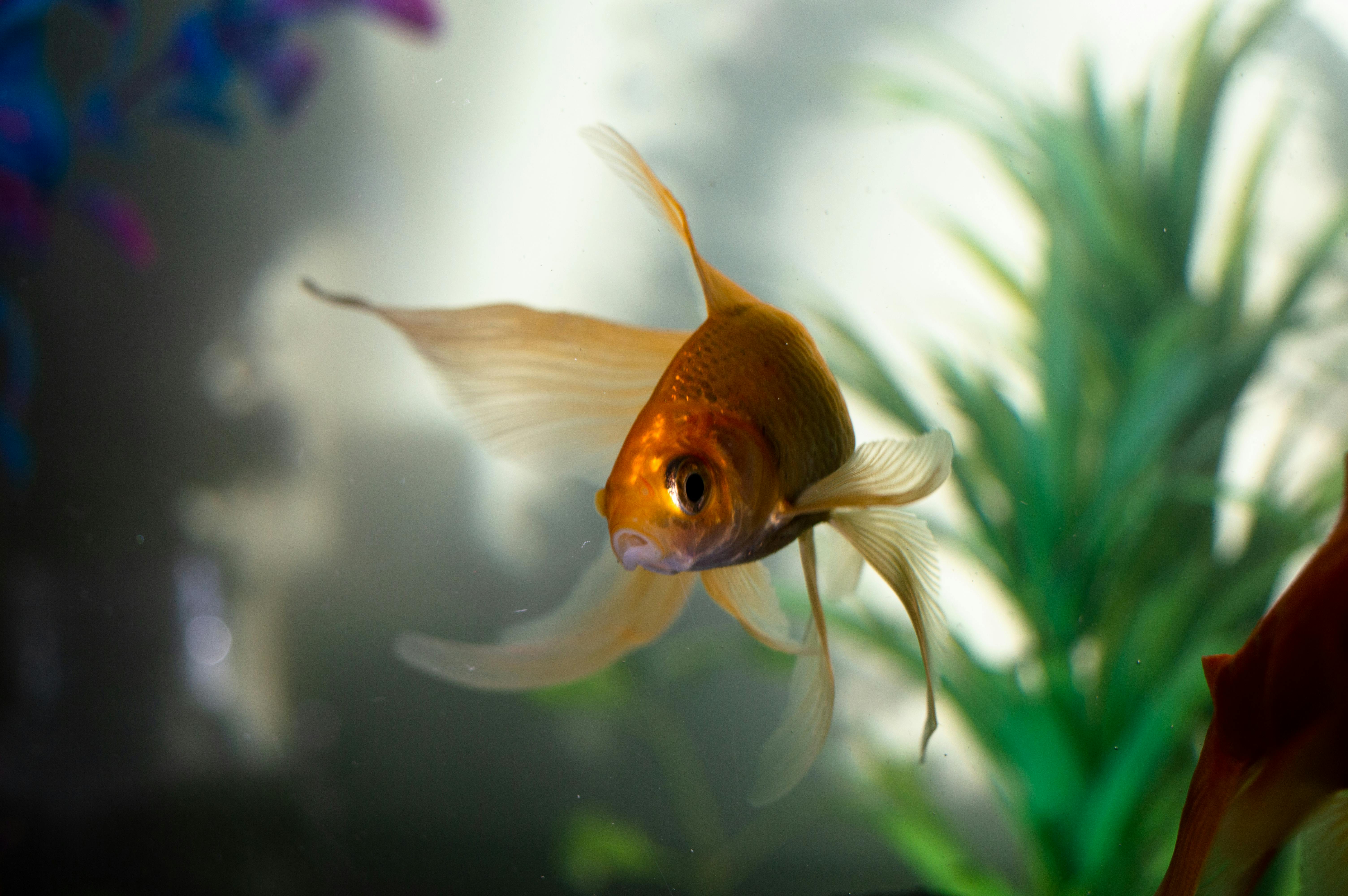Savoring the Subtleties: A Deep Dive into the Art of Wine Tasting
A fine bottle of wine is like an orchestra, each note playing its part to create a harmonious symphony of flavors. Understanding the intricacies of wine tasting opens up a world of nuanced flavors, textures, and aromas that can elevate any dining experience. Let's embark on a journey to discover the art and science behind savoring a glass of wine.

The Anatomy of a Wine Tasting
Wine tasting is not just about sipping and swallowing; it’s a multi-step process that involves sight, smell, taste, and aftertaste. Each step reveals a different aspect of the wine, contributing to a comprehensive understanding of its character.
Unveiling the Visual Clues
The first step of wine tasting involves observing the color and clarity of the wine. The color can give clues about the grape variety, the age of the wine, and its production method. For example, a deep, dark red wine might be a young, full-bodied Cabernet Sauvignon, while a lighter, brick-red color might indicate an aged Pinot Noir.
Engaging the Sense of Smell
The next step is to swirl the wine gently in the glass and take a deep sniff. This allows oxygen to interact with the wine and release its bouquet of aromas. The aromas can hint at the wine’s primary (grape-derived), secondary (fermentation-derived), and tertiary (aging-derived) characteristics.
The Taste Test
The actual tasting involves sipping the wine and letting it roll over the tongue. This engages all five taste receptors, providing insights into the wine’s sweetness, acidity, tannin, alcohol, and body. For instance, high tannin wines can leave a dry, puckering sensation, while high alcohol wines might feel warmer and heavier.
Understanding the Finish
The final step is to savor the aftertaste or the ‘finish.’ A long-lasting, evolving aftertaste is often a sign of a high-quality wine. The finish might reveal additional flavors or a change in the perceived balance of sweetness, acidity, or tannin.
Inside the Wine Tasting Notes
-
White wines often have notes of citrus, green apple, or tropical fruits, while red wines might have flavors of red fruits, black fruits, or spices.
-
The aroma of fresh bread or yeast might suggest a secondary fermentation process, as in Champagne.
-
Aromas of vanilla, toast, or smoke usually indicate aging in oak barrels.
-
A long finish that leaves a pleasant taste in the mouth is a hallmark of a good quality wine.
Concluding Thoughts
Wine tasting is a skill that deepens with time and experience. The more you taste, the more you’ll start to notice the subtle differences between wines. So, grab a glass, start tasting, and embark on a journey of sensory delight. Remember, the world of wine is vast, and the best way to learn is to explore it one sip at a time.





